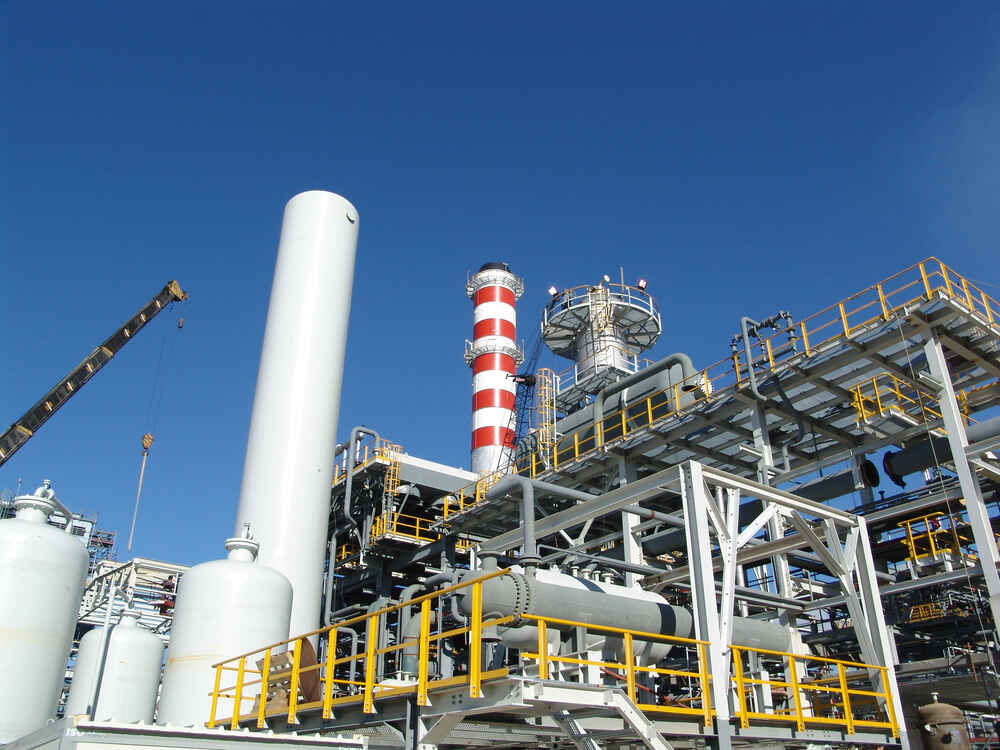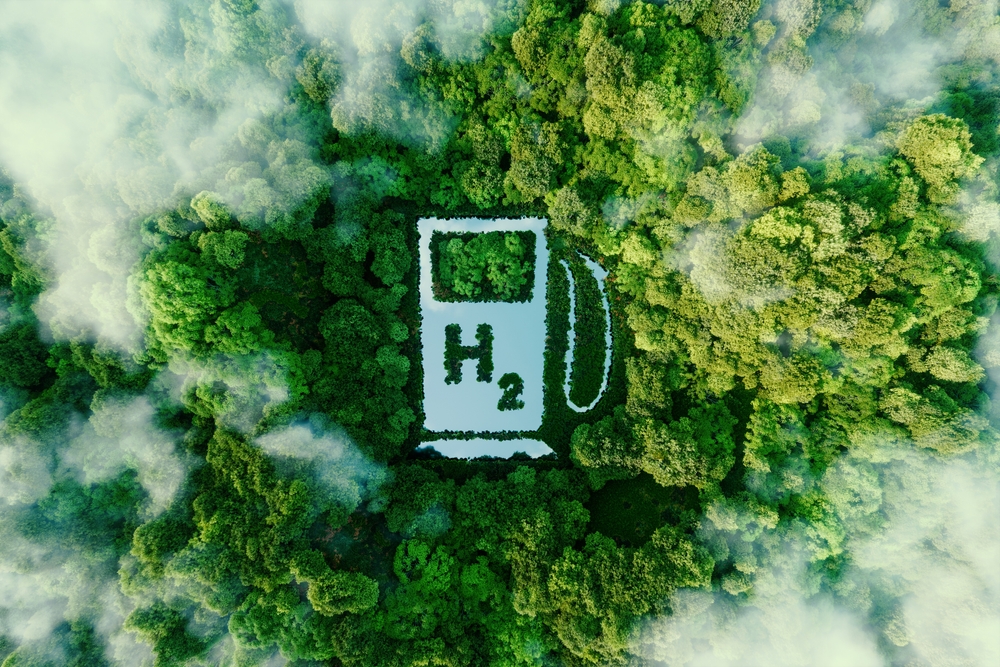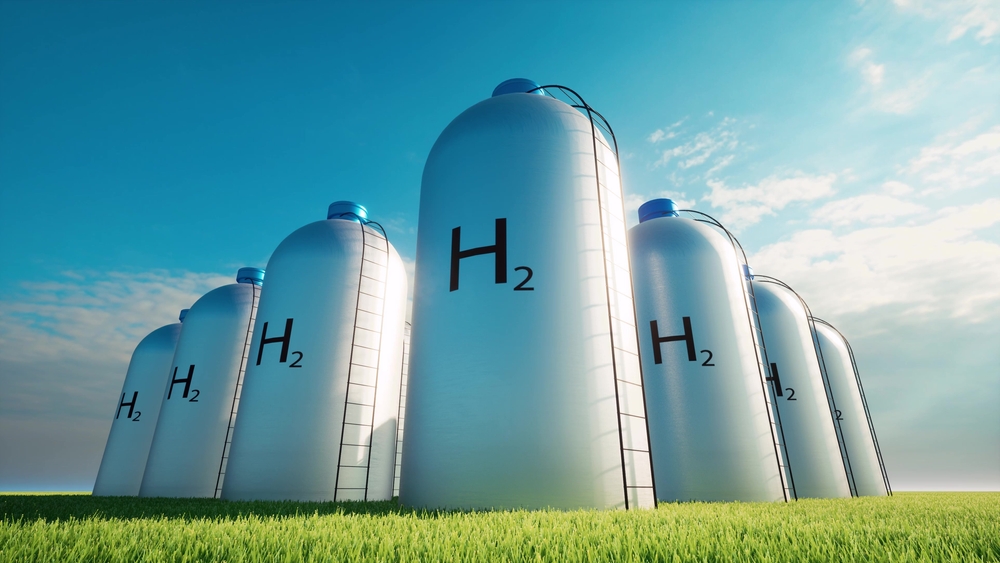
Panasonic has announced a partnership with engineering, logistics and energy company ATCO Australia, trialling a new fuel cell that is being used to convert hydrogen to electricity.
The installation – at the ATCO Clean Energy Innovation Hub (CEIH) in Jandakot, Western Australia – is the first Australian test demonstration of the capabilities of Panasonic Hydrogen Fuel Cells, delivered at a time when the nation is accelerating its shift towards renewable forms of energy production.
When established the CEIH was Australia’s first commercial scale, renewable hydrogen supply chain, a significant technological step towards reducing Australia’s greenhouse gas emissions.
Russell James, General Manager for Hydrogen and Future Fuels at ATCO Australia said: “We are proud to have partnered with Panasonic in this innovative hydrogen initiative.
The company’s knowhow, expertise and unique hydrogen fuel cell design allows us to efficiently convert hydrogen to electricity, contributing up to five kilowatts of power to our Jandakot maintenance workshops.”
How does it work?
Pure hydrogen from the CEIH’s pipeline is injected into the Panasonic hydrogen fuel cell, which converts it into electricity, and can also support co-generation, where the waste heat produced can be utilised for purposes such as heating water.
The entire process is powered by renewable energy, resulting in zero carbon gas emissions being released into the atmosphere.
The Panasonic hydrogen fuel cell produces up to five kilowatts of power and can scale this output by connecting and controlling multiple generator units to meet demand.
Panasonic has been producing residential fuel cells for Japanese (since 2009) and European markets (since 2014) and has subsequently sold around 220,000 units as of November 2022.
The commercial use, 5kW hydrogen fuel cell (“H2 KIBOU”), installed at CEIH, Jandakot, uses the same technology as a residential fuel cell, but uses pure hydrogen as a direct fuel source instead of natural gas.
In April 2022, these fuel cells supported the opening of the H2 KIBOU FIELD demonstration facility in Kusatsu, Shiga, Japan, with the intention of powering site operations entirely by renewable resources in the future.
With this latest installation, Panasonic is proud to bolster its contribution to the global decarbonisation effort towards achieving a carbon-neutral society.
In alignment with its long-term environmental vision of “Panasonic GREEN IMPACT”, the company will continue to find new ways to expand the adoption of renewable energy sources that include the full-scale use of hydrogen.
Paul Reid, Managing Director at Panasonic Australia said: “Since Panasonic was founded more than 100 years ago, we have constantly searched for ways to improve the quality of people’s lives, through the innovation, creation and development of technologies.”
“In recent years, this philosophy has evolved to consider how we can enrich the lives of future generations. Panasonic believes that hydrogen is an essential component in the journey towards net zero.
“Through this partnership with ATCO Australia, we’re excited to explore the vast potential of decarbonisation as a critical mechanism to create a more sustainable and secure energy future for Australians, and the world,” said Mr Reid.
Achieving a net zero goal requires companies to utilise all renewable energy sources available – including solar, wind, geothermal, hydropower and biomass. However, some of these forms of power generation have drawbacks, including large output variations depending on weather conditions and the lack of flexibility to adjust power generation to cope with demand.
Analysts from the European Commission estimate that clean hydrogen could meet 24 per cent of the world’s energy needs by 2050, although it will take significant research and development from a number of industries to meet these ambitious targets.
Hydrogen is one of the most abundant substances on earth and can be used as thermal energy and electric power, through combustion and chemical reactions without emitting CO2 in the process.
These fuel cells can produce the highest proportion of electricity of any combined heat and power technology as an adjustable and decentralised solution, reducing dependence on centrally generated power while saving carbon emissions, and potentially electricity costs.
Paul Reid reiterated that while this fuel cell is a test model, Panasonic will closely monitor its performance within the harsh Australian climate conditions and has plans to introduce a Hydrogen Fuel Cell optimised for the Australian market in the years ahead.
“We are also excited to investigate applications for Hydrogen Fuel Cells in various commercial and industrial settings including large-scale mining sites and remote micro-grids which currently rely on diesel.” said Mr Reid.












